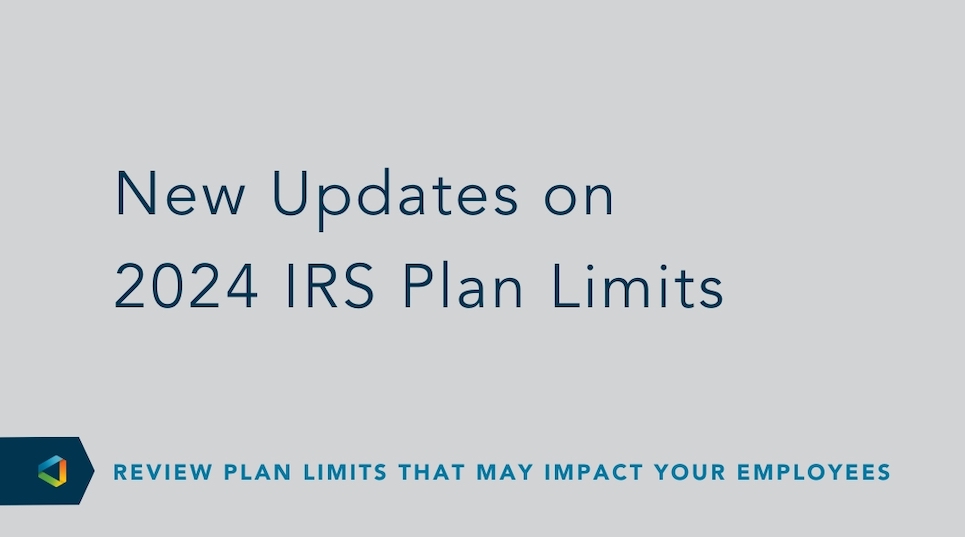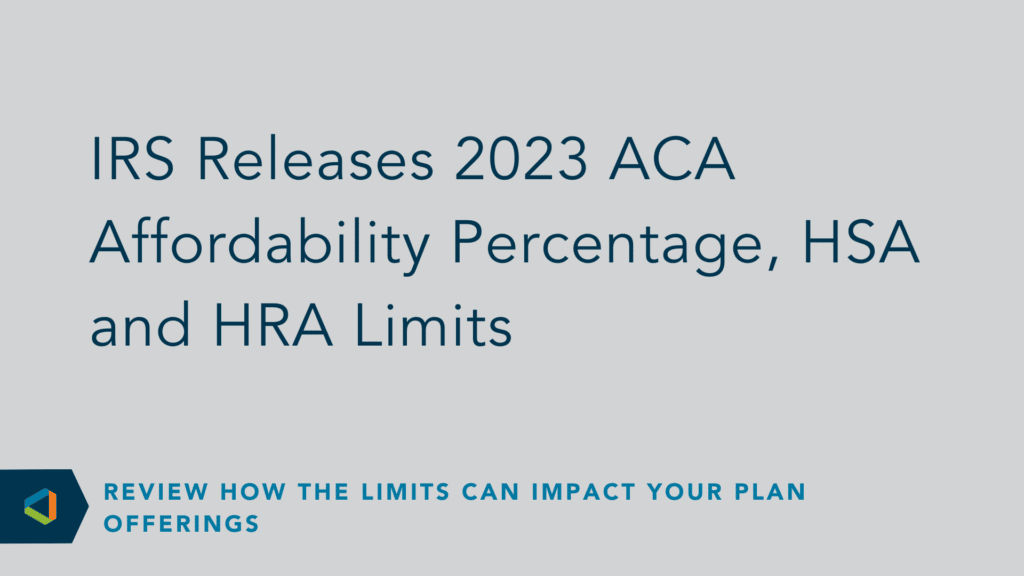The Patient Protection and Affordable Care Act has initiated many changes in the marketplace. One lesser known change is the establishment and availability of Co-Op plans, or “Consumer Operated and Oriented Plans.” As of December, 2012, the Federal Government has awarded approximately 2 billion dollars in loans to help create 24 Co-Ops.
What’s a Co-Op?
These are a new type of non-profit health insurer, which are directed by their customers and are designed to offer individuals and small businesses more affordable, consumer-friendly and high quality health insurance options.
Where do they operate?
C0-Ops can operate locally, state-wide, or in multiple states and must be licensed in each state in which they operate. The Co-Op program here in Connecticut— HealthyCT—will be able to offer health plans through the public health insurance exchanges as well as outside the exchanges.
What do they focus on?
Co-Ops focus on improving patient health—accomplished through the delivery of patient centered primary care and prevention services with a focus on the management of chronic conditions. The model frequently used is what’s known as a Patient Centered Medical Home. The concept under this model includes better coordination and improvement of lifelong care for its members while reducing wasteful, unnecessary, and sometimes harmful procedures. And with Co-Op status, the plan can return any surpluses to the members through reduced premiums or improved benefits.
What’s the future of Co-Ops?
There are marketplace challenges for the Co-Ops. They are competing against established insurance carriers with large provider networks and deep discounts. Initial pricing may be challenging, and brand recognition is a factor. But if this member-oriented, non-profit delivery of innovative health care services can yield positive results, the new option will certainly be a model to watch.



